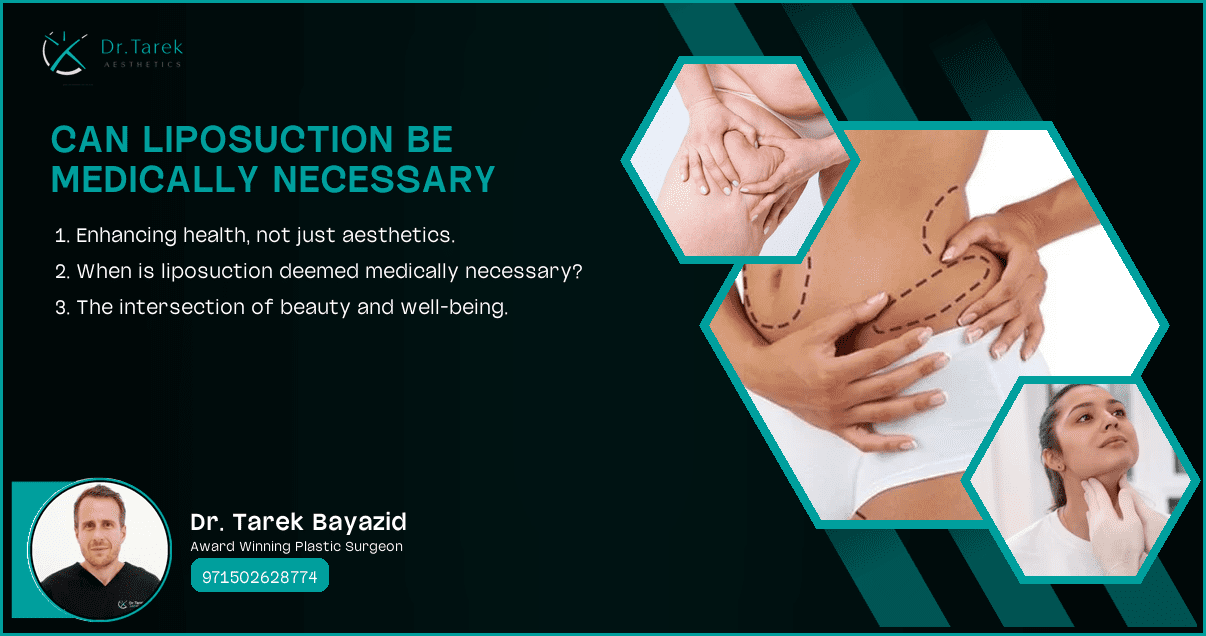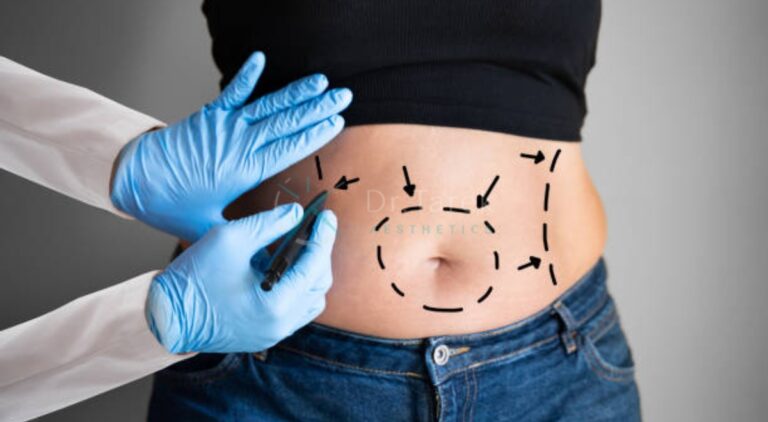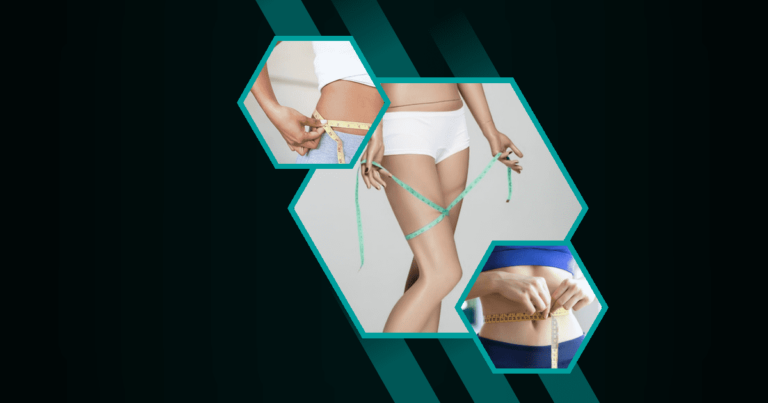Can Liposuction Be Medically Necessary
Medical necessity refers to healthcare services or procedures that are required to diagnose or treat an illness, injury, condition, disease, or its symptoms. These services must meet accepted standards of medicine and be essential for the patient’s health and well-being.
Criteria for Medically Necessary Liposuction
Liposuction can be deemed medically necessary when it is used to treat specific medical conditions that cannot be managed through other treatments. The criteria include:
- The condition must cause significant physical symptoms.
- Conservative therapies must have been tried and failed.
- The procedure must be expected to improve the patient’s quality of life.
Insurance Coverage for Medically Necessary Liposuction
Insurance coverage for medically necessary liposuction varies by provider and policy. Generally, insurers require:
- Detailed medical documentation.
- Proof that the condition significantly impacts daily life.
- Evidence that other treatments were ineffective.
Conditions Where Liposuction May Be Medically Indicated
Lipedema
Lipedema is a chronic condition characterized by the abnormal accumulation of fat, primarily in the legs and arms. It can cause pain, swelling, and mobility issues.
Book A Consultation With Dr Tarek Bayazid
Top-rated Plastic Surgeon For Liposuction in Dubai
Installment Plan Available
- Symptoms include disproportionate fat distribution, pain, and easy bruising.
- Liposuction can help reduce fat deposits and alleviate symptoms.
Lymphedema
Lymphedema involves the swelling of body parts due to lymphatic system blockages. It often affects the arms or legs and can lead to severe discomfort and infections.
- Symptoms include swelling, heaviness, and restricted movement.
- Liposuction can remove excess fat and fluid, improving limb function.
Gynecomastia
Gynecomastia is the enlargement of male breast tissue, often due to hormonal imbalances. It can cause physical discomfort and emotional distress.
- Symptoms include swollen breast tissue and tenderness.
- Liposuction can effectively reduce breast size and improve appearance.
Health Benefits of Medically Necessary Liposuction
Improved Mobility
Medically necessary liposuction can significantly enhance mobility by reducing excess fat that hinders movement.
- Patients experience less pain and greater ease in performing daily activities.
- Enhanced mobility can lead to a more active lifestyle.
Pain Reduction
Liposuction can alleviate pain associated with conditions like lipedema and lymphedema by removing problematic fat deposits.
- Reduced pressure on nerves and tissues.
- Decreased inflammation and discomfort.
Enhanced Quality of Life
Patients often report better quality of life post-liposuction due to reduced symptoms and improved physical function.
- Increased self-esteem and body image.
- Greater participation in social and physical activities.
Risks and Complications of Liposuction
Common Side Effects
Liposuction, like any surgical procedure, comes with potential side effects.
- Swelling and bruising.
- Temporary numbness or tingling.
Rare but Serious Complications
Though uncommon, serious complications can occur.
- Infection at the surgical site.
- Blood clots or fat embolism.
Long-term Considerations
Long-term outcomes should be considered when opting for liposuction.
- Potential for uneven fat distribution.
- Need for ongoing lifestyle changes to maintain results.
Alternatives to Liposuction
Conservative Treatments
Before considering liposuction, conservative treatments are often recommended.
- Compression garments to manage swelling.
- Physical therapy to improve mobility.
Lifestyle Modifications
Lifestyle changes can sometimes alleviate symptoms without surgery.
- Diet and exercise to manage weight.
- Avoiding activities that exacerbate symptoms.
Non-surgical Options
Non-surgical treatments can be effective for some patients.
- Manual lymphatic drainage for lymphedema.
- Medications to manage pain and inflammation.
How Is Medical Necessity for Liposuction Determined
Diagnostic Criteria
Medical necessity is determined based on specific diagnostic criteria.
- Clinical evaluation of symptoms.
- Imaging studies to assess fat distribution.
Medical Evaluations
Comprehensive medical evaluations are essential.
- Consultations with specialists.
- Detailed medical history and physical examination.
Documentation Requirements
Proper documentation is crucial for insurance approval.
- Medical records detailing symptoms and treatments.
- Physician’s recommendation for liposuction.
Recovery and Aftercare for Medically Necessary Liposuction
Post-operative Care
Proper post-operative care is vital for a successful recovery.
- Follow-up appointments to monitor healing.
- Adherence to prescribed medications and care instructions.
Follow-up Appointments
Regular follow-up appointments ensure optimal recovery.
- Monitoring for complications.
- Assessing the effectiveness of the procedure.
Long-term Management
Long-term management strategies help maintain results.
- Continued use of compression garments.
- Regular physical activity and healthy diet.
Cost Considerations for Liposuction
Insurance Coverage
Insurance may cover medically necessary liposuction, but policies vary.
- Pre-authorization requirements.
- Coverage limits and exclusions.
Out-of-pocket Expenses
Patients may incur out-of-pocket expenses.
- Deductibles and co-pays.
- Costs for non-covered services.
Financial Assistance Options
Financial assistance may be available for eligible patients.
- Payment plans offered by healthcare providers.
- Assistance programs from non-profit organizations.
What Are the Differences Between Cosmetic and Medically Necessary Liposuction
Surgical Techniques
The techniques used in medically necessary liposuction may differ from cosmetic procedures.
- Focus on removing fat causing medical issues.
- Techniques tailored to specific conditions.
Treatment Goals
The goals of medically necessary liposuction are distinct.
- Alleviating symptoms and improving function.
- Enhancing overall health and quality of life.
Patient Selection Criteria
Patient selection criteria for medically necessary liposuction are stringent.
- Patients must meet specific medical criteria.
- Comprehensive evaluation to determine suitability.
How Long Does It Take to Recover from Liposuction
Initial Recovery Period
The initial recovery period varies by individual.
- Most patients can return to light activities within a week.
- Full recovery may take several weeks.
Return to Normal Activities
Patients can gradually resume normal activities.
- Light exercise can typically be resumed after a few weeks.
- Strenuous activities should be avoided for several months.
Long-term Results
Long-term results depend on various factors.
- Adherence to post-operative care instructions.
- Maintenance of a healthy lifestyle.
What Are the Success Rates of Medically Necessary Liposuction
Clinical Outcomes
Clinical outcomes for medically necessary liposuction are generally positive.
- High success rates in symptom relief.
- Improved physical function and mobility.
Patient Satisfaction
Patient satisfaction is typically high.
- Many patients report significant improvements in quality of life.
- Positive feedback on the procedure’s effectiveness.
Long-term Efficacy
Long-term efficacy is well-documented.
- Sustained symptom relief over time.
- Continued benefits with proper management.
FAQs
Is liposuction covered by insurance if it’s medically necessary?
Yes, insurance may cover liposuction if it is deemed medically necessary. Coverage depends on the specific policy and requires detailed medical documentation.
What conditions qualify for medically necessary liposuction?
Conditions like lipedema, lymphedema, and gynecomastia may qualify for medically necessary liposuction. These conditions must cause significant physical symptoms and impact daily life.
How long does it take to see results from medically necessary liposuction?
Results from medically necessary liposuction can be seen within a few weeks. Full results may take several months as swelling subsides and the body adjusts.
What are the risks of medically necessary liposuction?
Risks include common side effects like swelling and bruising, as well as rare complications such as infection and blood clots. Long-term considerations include potential uneven fat distribution.
Can lifestyle changes help manage conditions that might require liposuction?
Yes, lifestyle changes such as diet, exercise, and wearing compression garments can help manage symptoms. These changes are often recommended before considering surgery.








